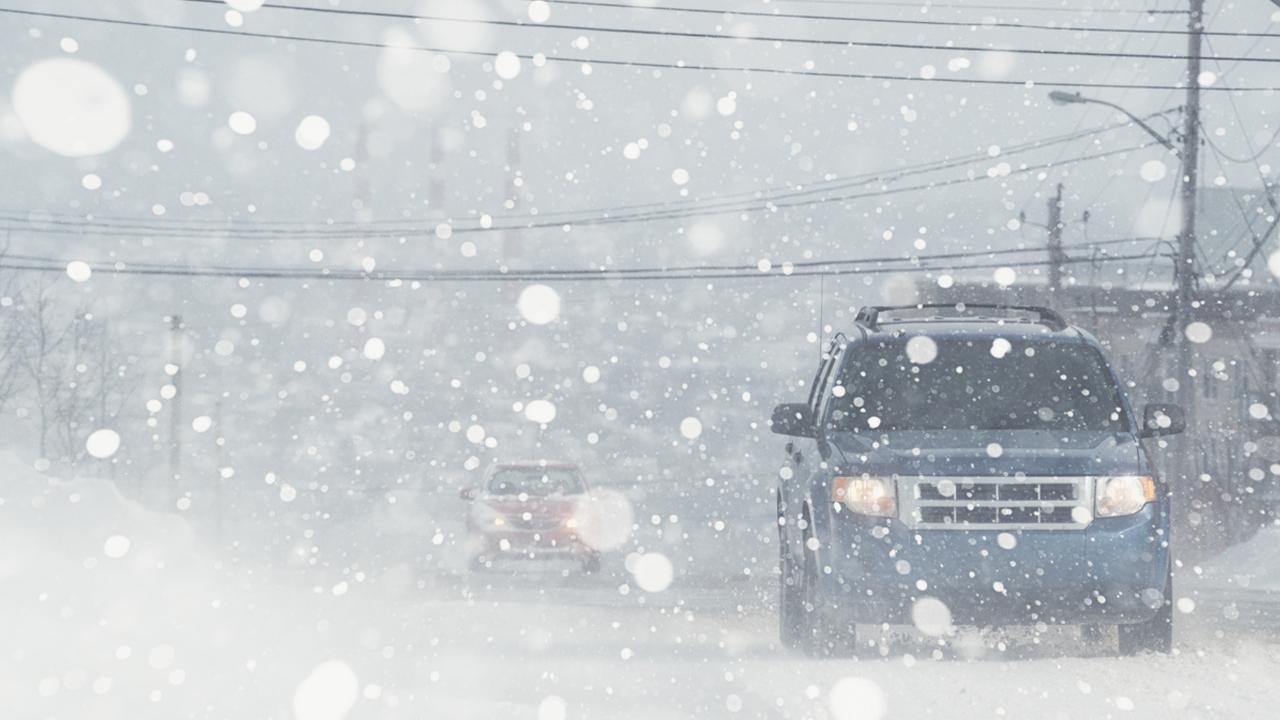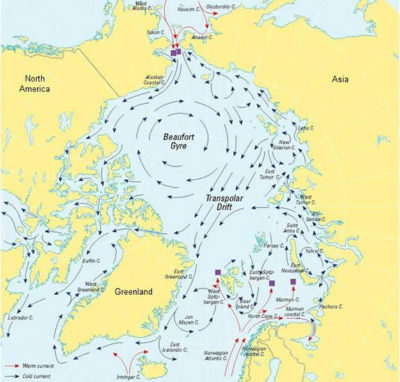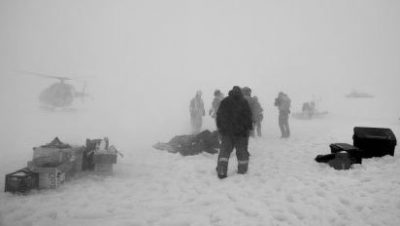TychoMonolyth
Boreal Curing
[Iframeb]ldLBoErAhz4[/iframeb]





^^^ saw the same
it is thought that climate change will produce a climate with slower moving systems
less cold air in the north produces a slower polar jet
and slower upper level winds that move hurricanes along
it's a leap to hurricanes that stop dead in their tracks
still, that's what we just saw
the arctic melt season nears its traditional date
still melting though and some melt on the north greenland sheet
strange location for melting at melt season end imho
melt ending later than normal
we'll see how it ends soon - maybe
have you not heard about the north Greenland polynya?the arctic melt season nears its traditional date
still melting though and some melt on the north greenland sheet
strange location for melting at melt season end imho
melt ending later than normal
we'll see how it ends soon - maybe

have you not heard about the north Greenland polynya?
... The polynya was caused by unusual southerly winds during which the sea ice drifted northward instead of southward as usual. The daily displacement was 50 % stronger than normal. The polynya was associated with a warm-air intrusion caused by a high-pressure system over the Eurasian Arctic. Surface air temperatures were slightly below 0 ∘C and thus more than 20 ∘C higher than normal. Two estimates of thermodynamic sea-ice growth yield sea-ice thicknesses of 60 and 65 cm at the end of March in the area opened by the polynya. This differed from airborne sea-ice thickness measurements, indicating that sea-ice growth processes in the polynya are complicated by rafting and ridging. A sea-ice volume of 33 km3 was produced thermodynamically.
https://www.the-cryosphere.net/13/2051/2019/


i'm not so sure, well maybe...
since i probably won't be around long enough to recognize climate changing we may still be in disagreement. i do believe though that weather does change and that for the climate to register a change the weather patterns must change consistently.
i haven't observed a climate shifting to warmer conditions.
“trichrider” said:the vortex winds are a result of solar influence, imo, mostly turbulence in the speed and density of the arriving solar wind.
